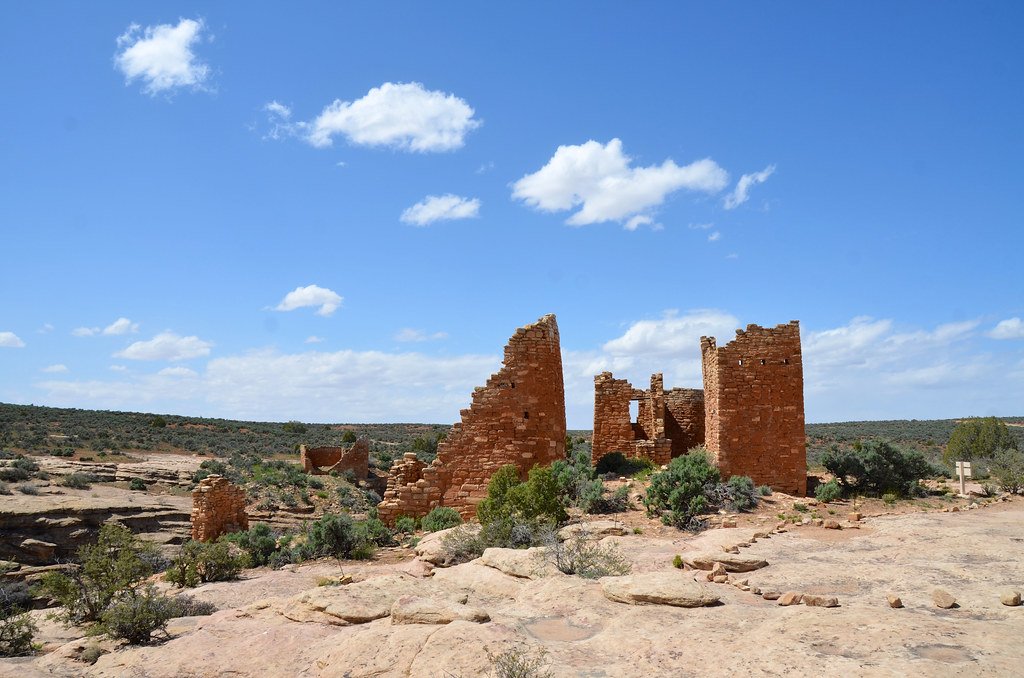You’ve probably driven past them countless times without a second glance. Dotting the harsh landscapes of the American West, mysterious stone towers rise from canyon rims and desert floors like ancient sentinels frozen in time. These enigmatic structures, scattered across Utah, Colorado, Arizona, and New Mexico, represent one of archaeology’s most intriguing puzzles. Who built them? Why were they constructed in such remote, seemingly inhospitable locations? What secrets do their weathered stones hold about the people who vanished into history nearly eight centuries ago?
The Hovenweep Enigma

Perhaps nowhere is the mystery more captivating than at Hovenweep National Monument, straddling the border between southeastern Utah and southwestern Colorado. Hovenweep preserves six prehistoric sites built between A.D. 1200 and 1300 which may have served as ceremonial centers. Explore a variety of structures, including multistory towers perched on canyon rims and balanced on boulders.
The name itself tells a story. “Hovenweep” is translated to “deserted valley” in the Paiute/Ute language. Yet this was anything but a deserted place during its heyday. The home of several hundred people who built an impressive array of structures, including unusual towers in square and circular forms, D-shaped houses, and ceremonial kivas from c. 1150-1300, Hovenweep was abandoned c. 1300 under mysterious circumstances.
What makes these towers truly remarkable isn’t just their age, but their audacious placement. Many of these towers sit atop canyon rims and are expertly but precariously balanced upon large boulders. The masonry construction of these towers is striking when one compares Hovenweep to the contemporaneously built Cliff Palace, which is located in the nearby Mesa Verde National Park, as many of the towers have remained in place for nearly 800 years.
Master Builders of Stone
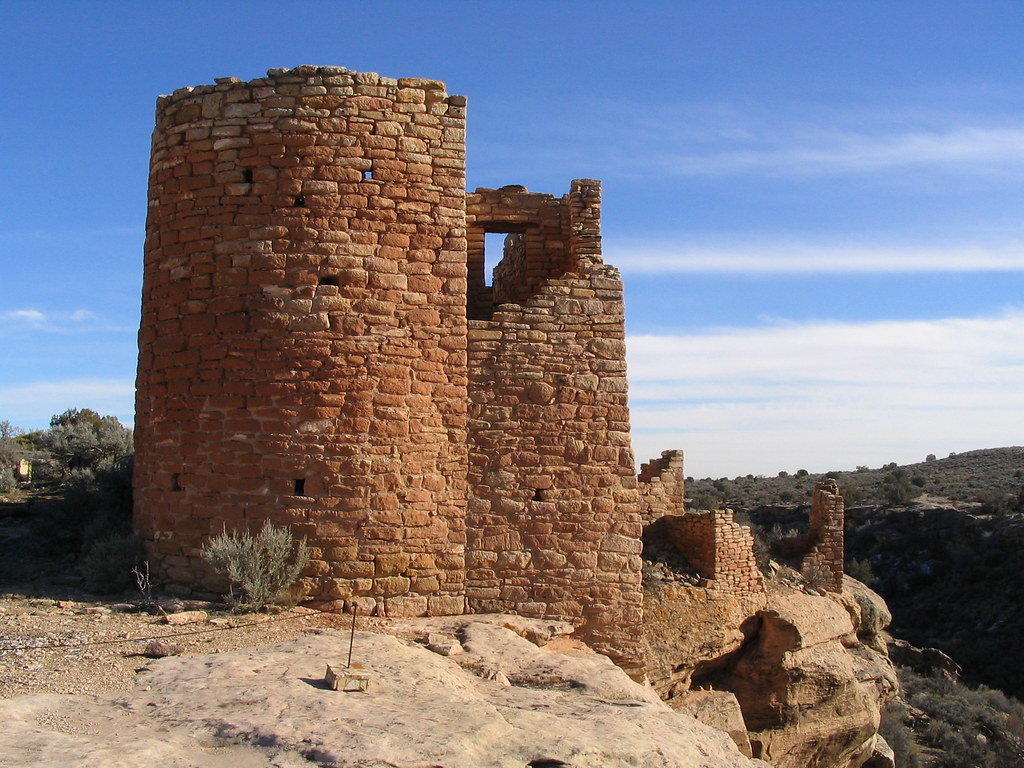
The builders behind these structures possessed skills that would challenge modern engineers. The masonry at Hovenweep is as skillful as it is beautiful. The structures demonstrate an understanding of the integrity achieved through the use of both dressed and rough stone coursed masonry and the use of clay mortar; some structures use chinking to reinforce the thick layers of mortar. Some of the mortar joints still reveal impressions of human hands or indentations made by corncobs, which were used by the plasterers to press the mortar between the courses of stone.
What’s truly astounding is how these ancient masons worked without the conveniences we take for granted today. The tower builders often did not bother digging foundations and leveling the floors. Most of the structures are perched on great uneven chunks of fallen rim rock, yet they have remained standing for over 700 years. This wasn’t carelessness but masterful adaptation to the challenging terrain.
The precision of their work becomes even more impressive when you consider the tools available. The builders did not level foundations for their structures, but adapted construction designs to the uneven surfaces of rock slabs. These stone pueblos were understandably referred to as castles by 19th-century explorers.
Towers of Many Shapes
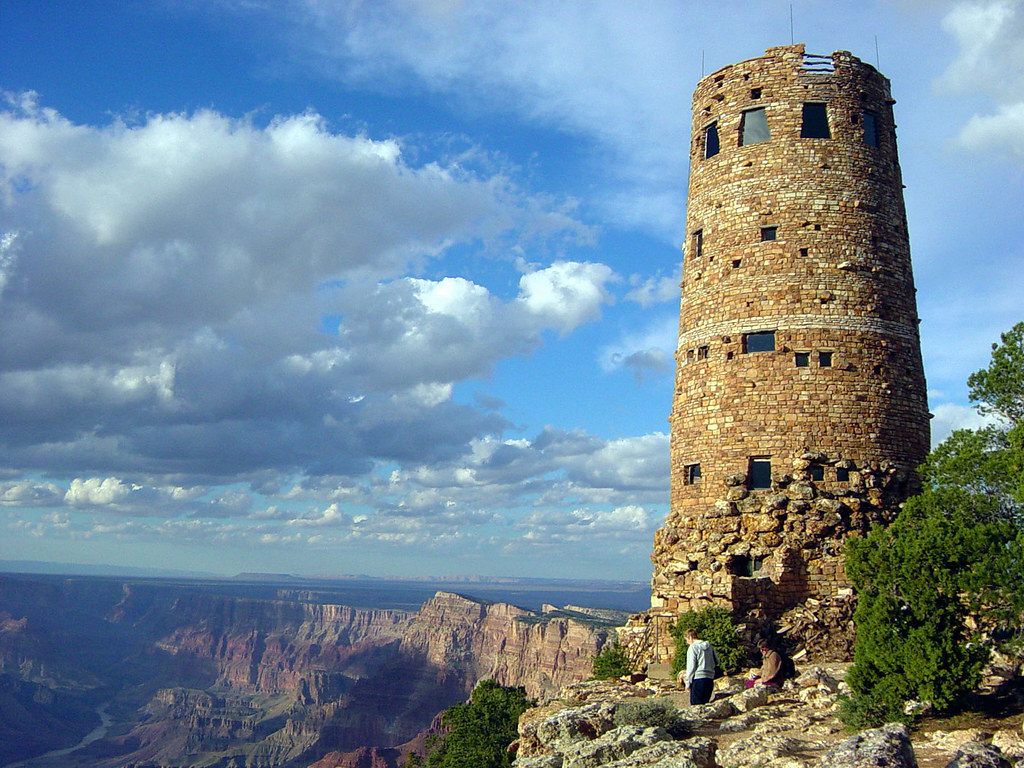
The diversity of tower designs across the American West reveals sophisticated architectural planning. They had a penchant for building towers and massive castle-like buildings. And in varied shapes that included square, rectangular, round, and horseshoe (D-shaped)! The reasons for the towers are not really known.
The structures at Hovenweep National Monument are notable for their unique square, circular, and D-shaped towers, and their well-preserved stone structures, kivas, and multi-room dwellings. Each form served specific purposes we can only speculate about today.
The famous Square Tower stands as perhaps the most iconic example. The most iconic structure in the Square Tower Unit is the multi-story tower that gives the site its name. The building is believed to have been used for ceremonial purposes. Yet ceremonial purposes don’t fully explain the extraordinary effort required to construct such monuments in these remote locations.
Strategic Placement and Water Access
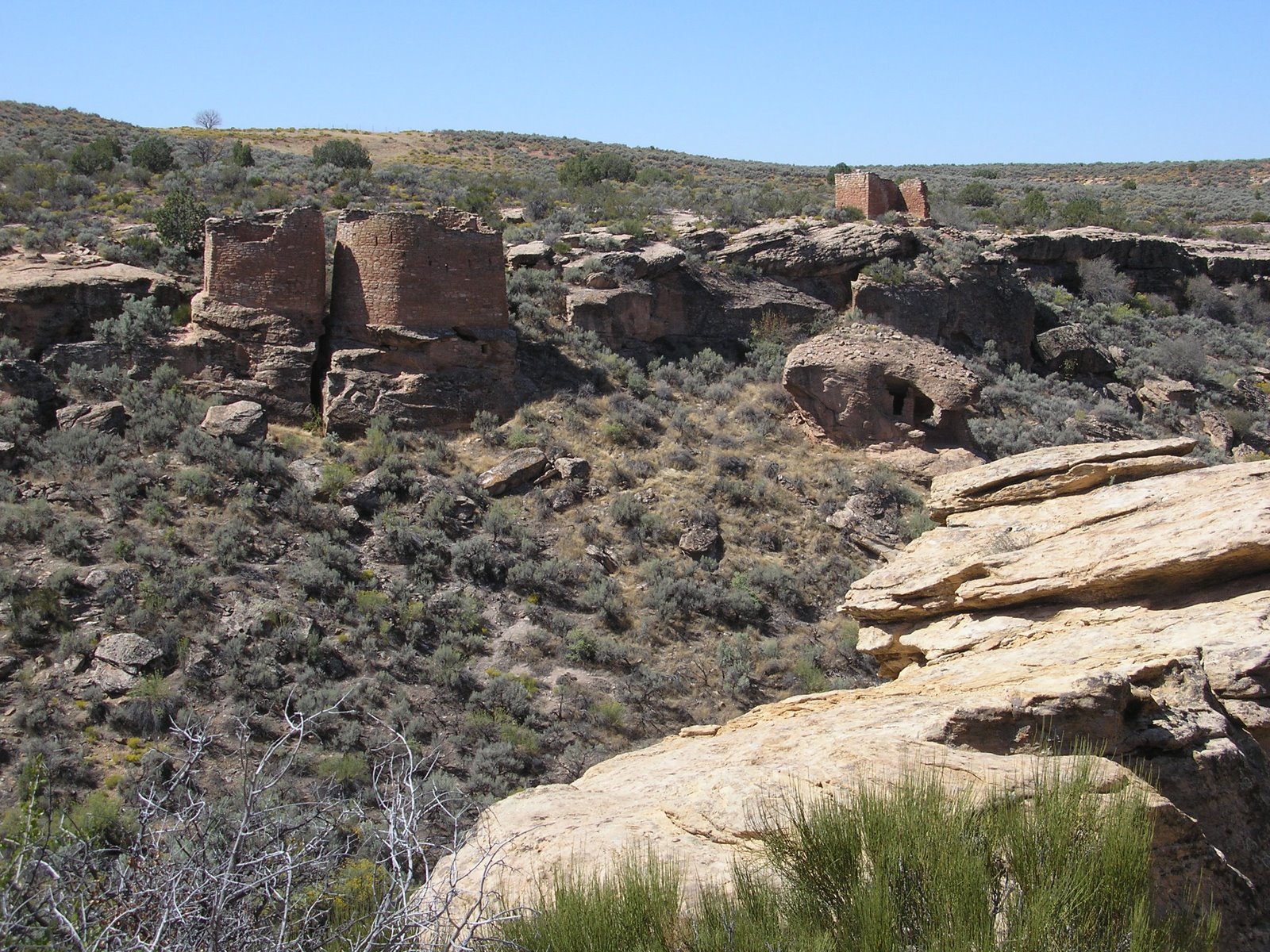
The positioning of these towers reveals careful strategic thinking. They were almost always built in the canyon bottoms usually at the head near the spring. They did not appear for occupation. Some have been found without any doors or human-sized openings, meaning they had to be entered from the top. And they were useless for defense in the canyon bottoms. The most common theory was that the towers were ceremonial.
Archeologists hypothesize that the placement of these towers had to do with protecting sources of water, which for a desert-dwelling agricultural community was essential for survival. Other theories suggest that the towers were for ceremonial purposes, celestial observation, defensive strategies, storage facilities, civil buildings, or homes, or any combination of these uses.
Water was the lifeblood of these communities, and the tower builders clearly understood this fundamental truth. Their placement near springs wasn’t coincidental but represented careful resource management in an unforgiving environment.
Astronomical Observatories in Stone
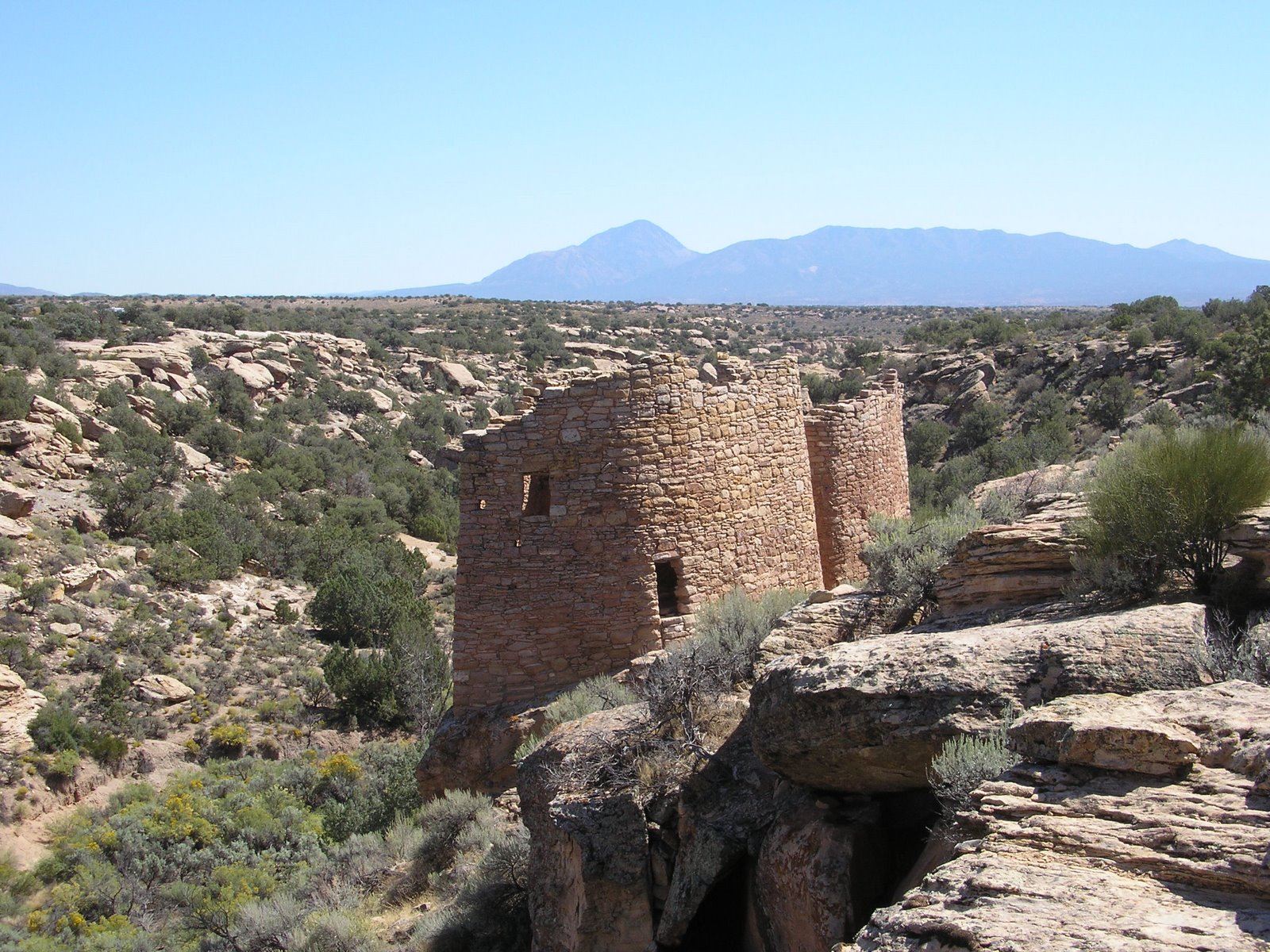
Perhaps the most fascinating aspect of these towers is their apparent connection to celestial observations. Around 1200 CE, some 2,500 Ancestral Puebloans built six villages with tall stone structures that tracked the sky. At Hovenweep Castle, they added a “sun room” in 1277 with ports that cast light on walls during solstices and equinoxes.
This room had openings and doors lined up perfectly to catch sunlight during solstices and equinoxes. The inside walls worked as a sun calendar with light hitting certain spots on door frames at key times of year. This wasn’t primitive stargazing but sophisticated astronomical engineering.
Buildings across all six villages had star-watching features for both practical and spiritual reasons. The towers served as star observatories, defense points, storage areas, and living spaces. Sun watching methods included horizon calendars and light patterns on inside walls – methods modern Pueblo peoples still use today. The builders clearly knew star movements and used this knowledge in their daily lives and farming plans.
The Great Mystery of Abandonment
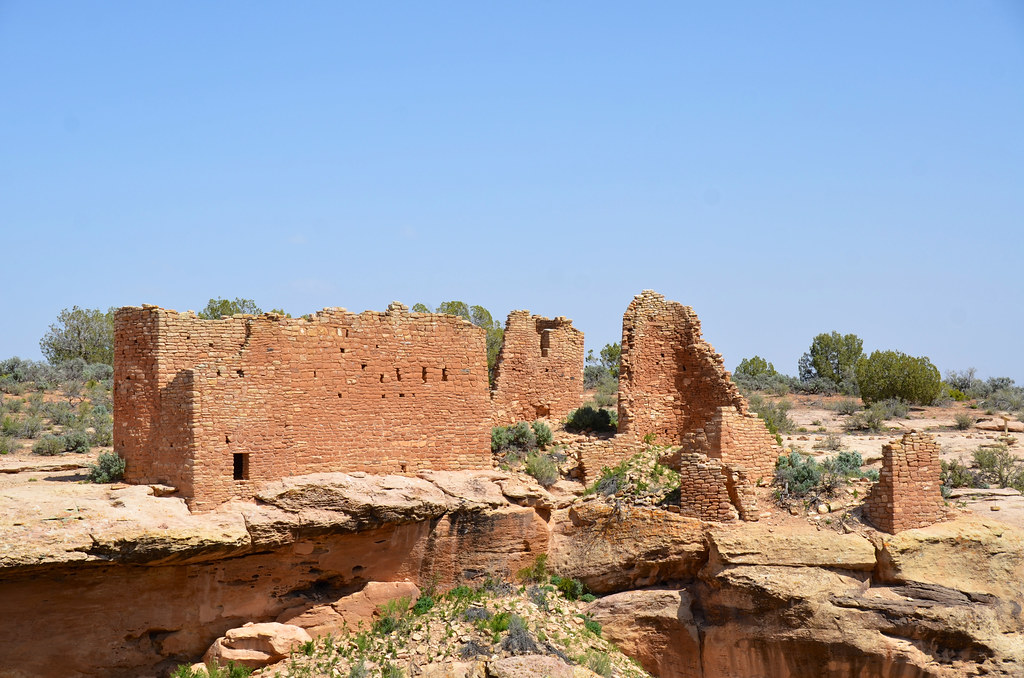
The most haunting question surrounding these towers isn’t how they were built, but why they were abandoned. Sometime in the late 1200s A.D., failing crops, drought, overuse of resources, and possibly internal tribal conflicts led to the abandonment of this region. The Ancestral Puebloans left this land over 700 years ago and settled in what are now the pueblos of the Rio Grande Valley in New Mexico and the Hopi mesas of Arizona.
The Ancestral Puebloans moved south to Hopi mesas in Arizona and Rio Grande pueblos in New Mexico. Hovenweep became almost empty by 1350 CE, ending over 700 years of people living there without a break. This wasn’t a gradual decline but what appears to have been a relatively swift exodus from lands that had sustained communities for centuries.
The abandonment left these remarkable structures to weather the elements alone, their builders’ voices silenced by time and distance.
Guardians of Ancient Secrets
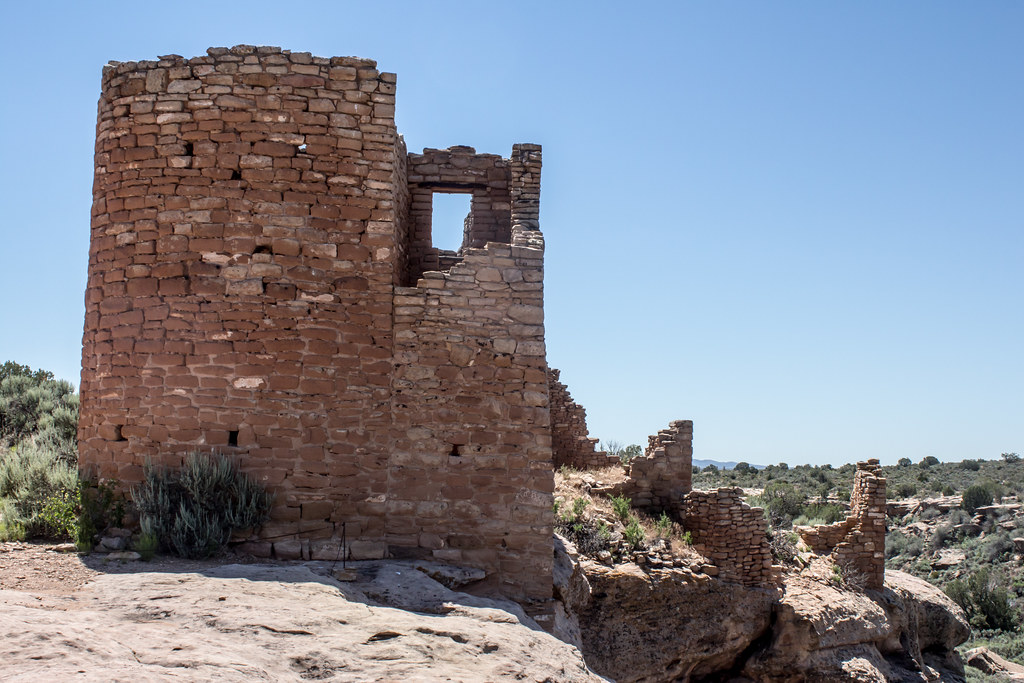
For centuries after their abandonment, these stone towers found new guardians among Native American tribes who moved into the region. Ute and Navajo groups moved into the area between 1400-1500 CE and found the empty buildings. These tribes kept stories about the sites and their former residents for hundreds of years. Their spoken history saved knowledge about who built the structures and why they left.
Native guides thought the towers were haunted and warned others not to bother them. The sites stayed mostly untouched for over 500 years thanks to native caretaking. This reverent protection helped preserve these ancient monuments for future generations to study and wonder about.
When Mormon missionary William D. Huntington reportedly encountered these sites in the 1850s, his Ute and Navajo guides told him the old buildings were haunted and begged everyone to stay away.
Rediscovery and Scientific Investigation
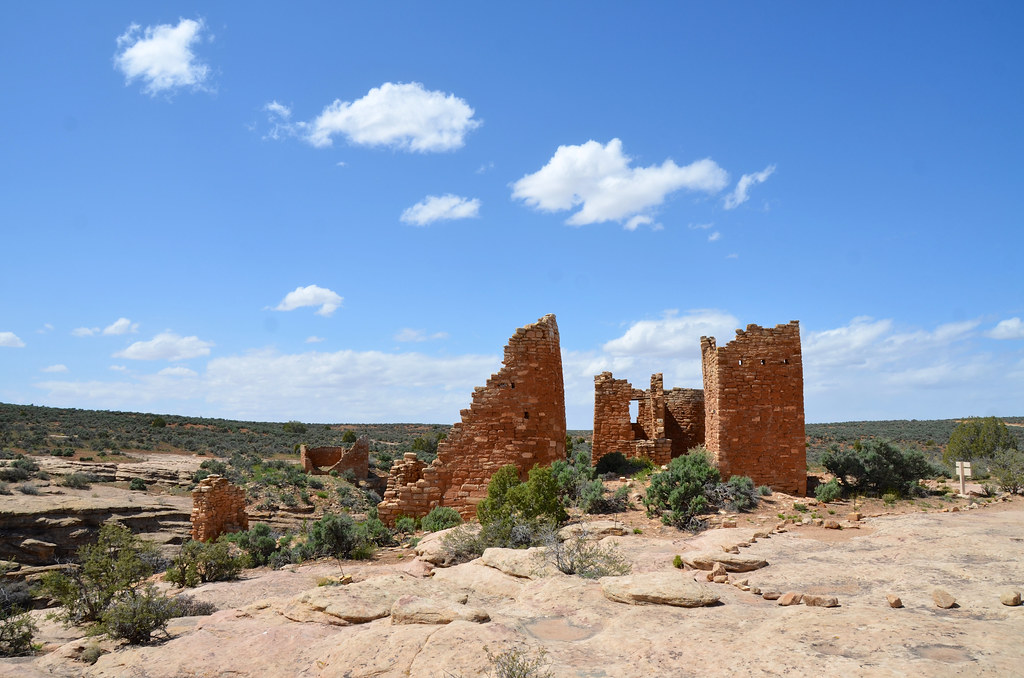
The formal rediscovery of these towers marked the beginning of scientific investigation into their origins. These reports, in which the discovery of the tower type of architecture and its adjacent cliff-dwellings were announced, should thus rightly rank as the first important steps in the scientific investigations of the stone-house builders of this district of our Southwest; although the allied “Casas Grandes” or great houses of the Chaco had been described a few years before by Gregg, Stimpson, and others.
Early explorers were struck by the castle-like appearance of these structures. The designation ensured the survival of towers that early explorers nicknamed “castles” because they looked like tiny fortresses. This romantic description captured the public imagination and helped generate support for their preservation.
To protect these unique archaeological resources, Warren G. Harding issued a Presidential Proclamation to establish the monument on March 2, 1923. To protect these unique archaeological resources, President Warren G. Harding established the monument on March 2, 1923. This protection came just in time, as interest in archaeological sites was growing rapidly during the early 20th century.
Modern Preservation and Ongoing Mysteries
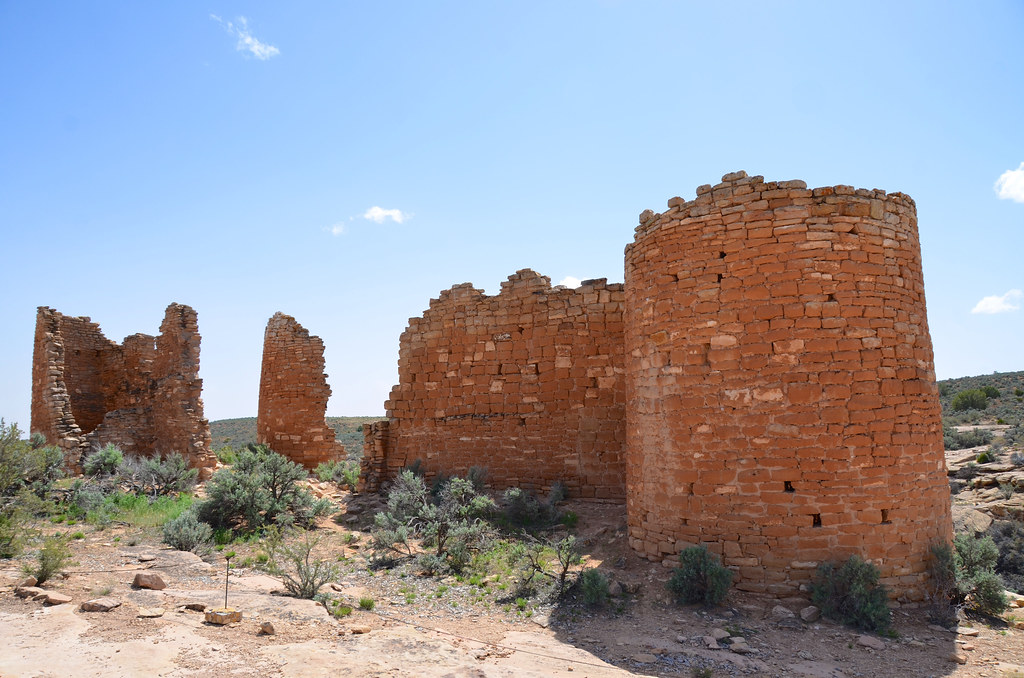
Today, these ancient towers continue to reveal their secrets slowly to archaeologists and visitors alike. Recent excavations continue to uncover new circles and structures, suggesting that only a fraction of this ancient complex has been revealed. This ongoing discovery continues to reshape our timeline of human civilization and our understanding of prehistoric stone-working capabilities.
The monuments now attract researchers and curious travelers from around the world. In 2014, the International Dark-Sky Association designated Hovenweep an International Dark Sky Park. This designation seems fitting for structures that once served as astronomical observatories for ancient peoples.
Warren G. Harding declared Hovenweep a National Monument on March 2, 1923. The government established the monument to save “unique prehistoric structures” and what they called “the finest prehistoric masonry in the United States.” The protected area covered 785 acres containing six village sites, now managed by the National Park Service. This protection came during a bigger push to save archaeological sites.
These continue to challenge our understanding of ancient engineering and astronomy. Their builders vanished into history, leaving behind monuments that speak of remarkable skill, deep spiritual beliefs, and intimate knowledge of the natural world. Standing in their shadows today, you can’t help but wonder what other secrets lie hidden in the weathered stones of these desert sentinels.
What do you think drove these ancient architects to create such extraordinary monuments in such remote places? The mystery endures, waiting for new discoveries to shed light on these remarkable achievements of human ingenuity.

Hi, I’m Andrew, and I come from India. Experienced content specialist with a passion for writing. My forte includes health and wellness, Travel, Animals, and Nature. A nature nomad, I am obsessed with mountains and love high-altitude trekking. I have been on several Himalayan treks in India including the Everest Base Camp in Nepal, a profound experience.

